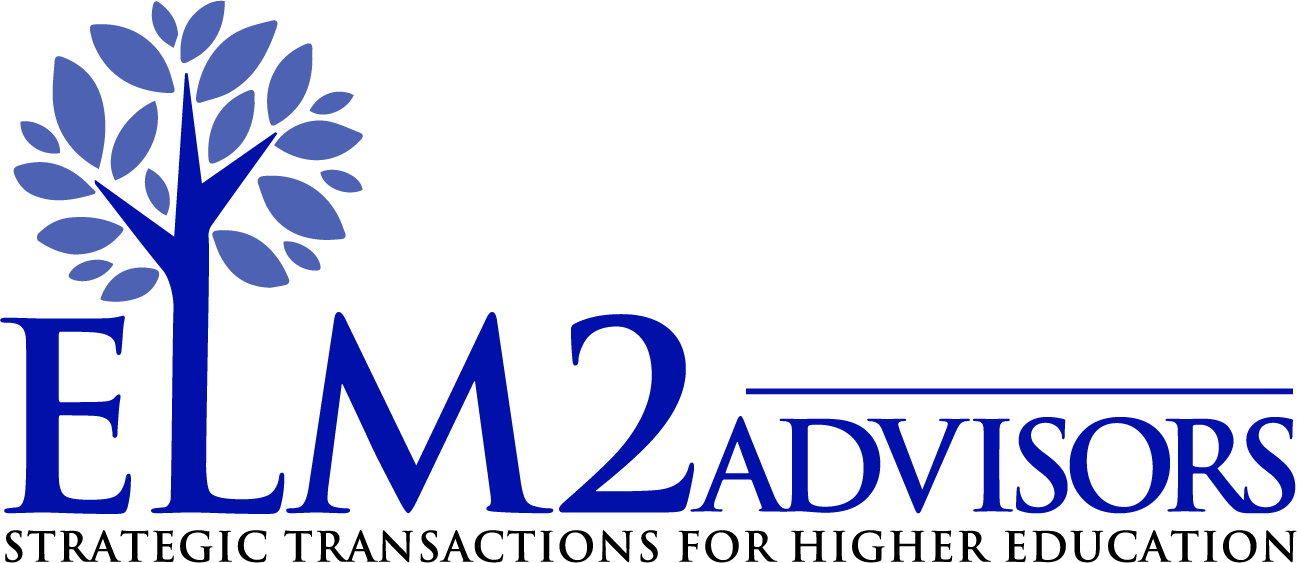May 2021
With the passage of the CARES Act ($40 Billion of aid to colleges and universities) and the apparent reprieve in cuts from state governments (again thanks largely to the CARES Act), the prospects for AY 21 and AY 22 are beginning to look less bleak. Recently, Moody’s raised their higher education outlook from negative to stable, but they noted that revenue is unlikely to recover to post-pandemic levels in the near future. Furthermore, higher education is still recovering from AY20 when about half of all institutions experienced net revenue losses.
Budget pressures, according to Moody’s, are going to be experienced differentially across the spectrum of institutions. The brunt of the pain will be felt by less selective privates and regional state universities. Early admissions data suggest that we may well be witnessing the phenomenon predicted by Nathan Grawe in 2018 where applications at elite universities surge as they capture high-quality applicants from national public universities who then maintain their enrollments by siphoning off enrollment from the regional publics and small privates. We are poised to see net declines in enrollment at the regional publics especially in New England and the upper midwest as well as at small privates nationwide. Institutions focusing on education for women may be particularly vulnerable—over half of women’s colleges in the US posted 5-year enrollment declines prior to the pandemic. Additionally, the enrollment declines at community colleges appear to be particularly severe (again consistent with Grawe’s predictions).
The coming year could provide an answer to the “where are all of the campus closures?” question. Financially marginal privates may begin to struggle to meet their operating budgets this spring. Furthermore, many schools (even financially sound ones) meet summer payroll and operating expense needs by borrowing during the summer months in anticipation of tuition payments at the end of the summer. If these schools are unable to access lines of credit (and there is evidence that lines of credit are being canceled for some financially strapped institutions and that establishing new lines of credit is becoming increasingly difficult), their situations will be dire. Becker College in Massachusetts recently announced that it will cease operations after this academic year, and Mills College in California just announced that it will become Mills Institute, suspending the granting of degrees and focusing instead on leadership training. The pain, however, is not limited to small and financially marginal institutions. Programmatic cutbacks have been announced by schools ranging from the University of Kansas to Wright State University to the University of Vermont. Even Stanford University has eliminated 11 varsity sports programs.
Are closures on the horizon this spring? Possibly. Another scenario is a substantial increase in the number of mergers and consolidations of institutions. Vermont and Pennsylvania have already taken major steps toward consolidating their state universities. Similar discussions are underway in other states. It is likely that many small private colleges will follow this path seeking out financially stronger institutions who can absorb their programs and students and allow for administrative efficiencies that make the combined institution financially viable. Even a financially failing college like Becker had some attractive and unique programs (veterinary technician and video game design), a valuable campus (both urban and suburban), and approximately 1,800 students. Thus, while they may not be financially viable independently, they did have value to offer a partner. Unfortunately, they failed to capitalize on it. This is not unlike the situation at many other small colleges. Unfortunately, colleges and universities are slow to acknowledge existential threats and even more reticent to take actions that would appear to compromise their long-held position in the academic community. Examples abound of presidents taking action to reset their college’s business model by closing financially unsustainable programs only to be thwarted by various groups including students, faculty members, and alumni. The next several years will be very challenging. Institutions faced with fiscal and enrollment challenges should be taking action to reset business models by taking a hard look at program mixes and administrative efficiencies. Mergers and partnerships (the Low-Cost Model Consortium being a prime example) are also a viable strategy to increase the viability of such institutions. Failure to address these challenges at their onset and in an open and straightforward fashion will make the stories of Becker and Mills more commonplace and will replace the question of “Where are all the college closures?” with “Where have all the colleges gone?
Elmore R. Alexander is a partner in ELM2 Advisors and Dean Emeritus of the Ricciardi College of Business at Bridgewater State University. Previously, he was the business school dean at Marist College and Philadelphia University (now Jefferson University).
